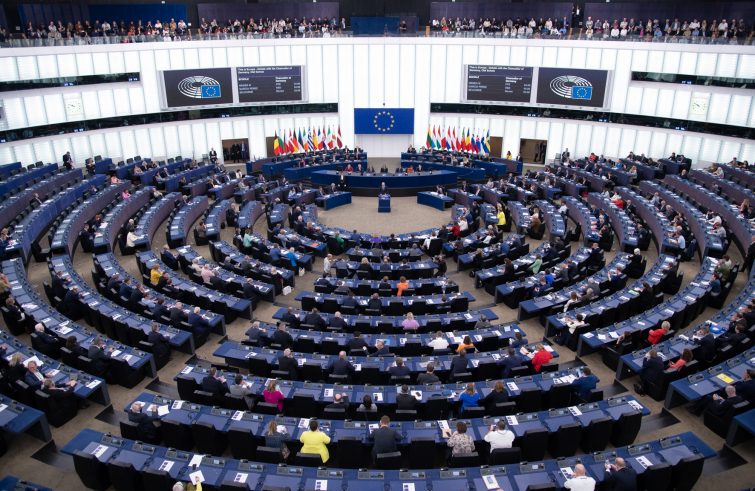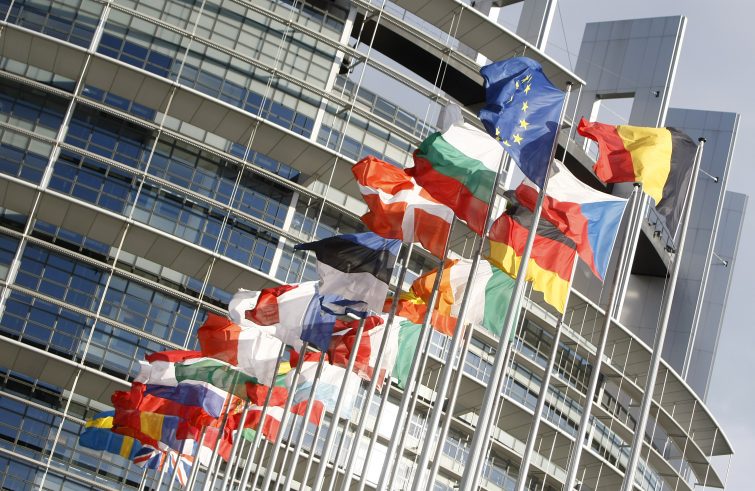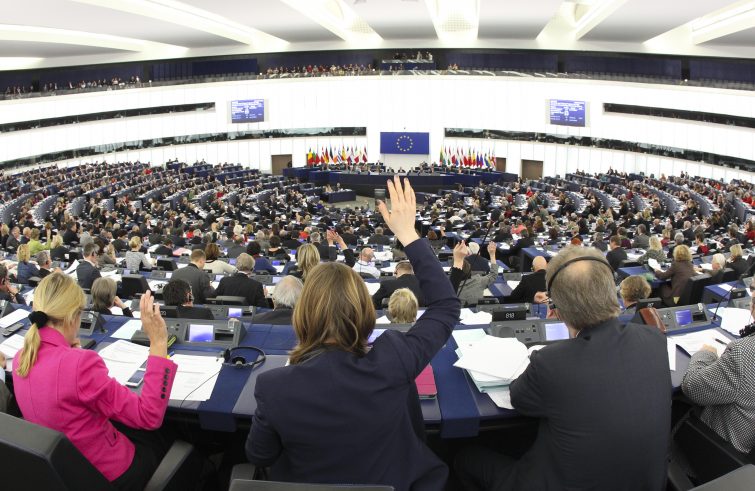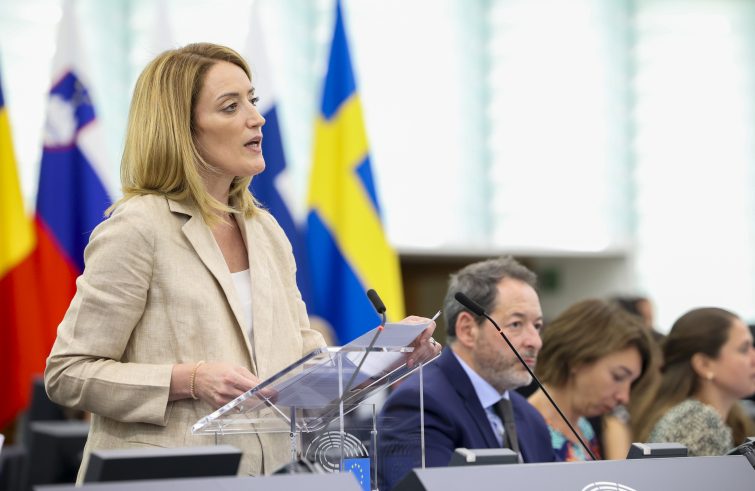
Less than a year to go until the European Parliament elections, which will take place from 6 to 9 June 2024. European citizens will go to the polls to elect a total of 705 MEPs to represent them for the next five years (2024-2029). The Parliament elected by European citizens is only 45 years old: the first elections took place in 1979. Before then, MEPs were appointed by their respective national parliaments.
What is the composition of the Parliament by country?
The number of seats allocated to each Member State is determined according to a criterion of proportionality based on national population. Germany is the most represented country (96 seats), followed by France (79), Italy (76), Spain (59), Poland (52), Romania (33) and the Netherlands (29). Belgium, the Czech Republic, Greece, Hungary, Portugal and Sweden follow with 21 MEPs each. They are followed by Austria (19), Bulgaria (17), Denmark, Finland and Slovakia (14), Ireland (13), Croatia (12), Lithuania (11), Latvia and Slovenia (8), Estonia (7); Cyprus, Luxembourg and Malta are the countries with the smallest national delegations (6).
- foto Parlamento europeo
- foto Parlamento europeo
Biographical data: youngest, oldest. Only 11 under 30
In terms of demographics, Malta is the country with the youngest average age (48), while Lithuania is the oldest with an average age of 64. The Italian MEPs have an average age of 52. The youngest MEP is currently from Denmark (25 years old). A Polish 82-year-old is the oldest MEP. In terms of age, 11 MEPs are under 30, 106 are between 31 and 40, 186 are between 41 and 50, 227 are between 51 and 60, 144 are between 61 and 70, 31 are under 80 and only one is over 80. The composition of the Parliament after the 2019 elections registered a record 40.6% female MEPs, the highest percentage since 1979 (when it was 16.6%). However, it should be noted that the percentage of women varies from 15 per cent in Romania to 57 per cent in Finland. In 11 countries, gender quotas were introduced for the 2019 elections.
Breakdown by political group and ‘non-attached’ MEPs
MEPs are entitled to sit in the Hemicycle according to the political group to which they belong. There are currently seven political groups: the European People’s Party (EPP), with 176 MEPs and 25% of the political weight; the Progressive Alliance of Socialists and Democrats (S&D), with 144 MEPs or 20.4% of the total; Renew Europe, with 101 MEPs or 14.3% of the total. In terms of political weight, the Greens/European Free Alliance (Verts/ALE) represent 10.2% and 72 MEPs; the European Conservatives and Reformists (ECR) 9.4% and 66 MEPs; Identity and Democracy (ID) 62 MEPs for 8.8% of all seats; followed by the Left with 37 seats or 5.2%. A total of 47 MEPs are listed as Non-attached, i.e. not belonging to any group. They account for 4.7%. The different groups represent a total of 209 national political parties.
The 2019 elections saw a large number of newly elected MEPs – until the departure of the MEPs from the United Kingdom
Following the elections held in May 2019, 60% of those elected were entering Parliament for the first time. The group with the highest turnover was ID (59 new MEPs out of 73); the group with the lowest change was EPP, with 74 new MEPs out of 182 (i.e., 40.7%). Of those elected in 2019, 59 are no longer in office: 12 have resigned, three have died and 44 have been appointed to a post incompatible with that of an MEP. In addition, all 73 MEPs elected in the UK left the European Parliament on January 31, 2020 as a result of Brexit. The number of MEPs fell from 751 to 705 during the parliamentary term, while 27 seats were redistributed among 14 Member States in accordance with the rules laid down in the Treaties.
- foto Parlamento europeo
- foto Parlamento europeo
How does voting work, or rather: how did citizens vote in 2019?
Electoral systems vary from one country to another and from one election to the next: in some cases, MEPs are elected by proportional representation, in others by closed lists, and in others it is possible to express preferences. The electoral threshold for the allocation of seats also varies: in Italy it is set at 4%, while in some countries (such as France, Poland or Hungary) it is set at 5%. But 13 countries have no threshold at all (the Netherlands, Bulgaria, Denmark, to name but a few). While until 2019 elections were exclusively based on national lists, there is a proposal for a transnational list for the 2024 elections.
Who votes? Voter turnout is approximately 50%.
The minimum age for voting is 18, with the exception of Greeks, who vote at the age of 17, and Austrians and Maltese, who go to the polls at the age of 16. The minimum age for standing as a candidate also varies: in most cases it is 18, but in Italy, for example, candidates must be 25 years-old. Voter turnout also varies considerably. In the 2019 elections, 50.6% of European citizens eligible to vote went to the polls (the previous elections in 2014 saw an all-time low of 42.6%). The lowest turnout in 2019 was in Slovakia (22.7%), the highest in Belgium (88.5%, where voting is also mandatory). But in Malta, where there is no such obligation, 72.7% of voters went to the polls. In Italy 54.5% went to the polls.













